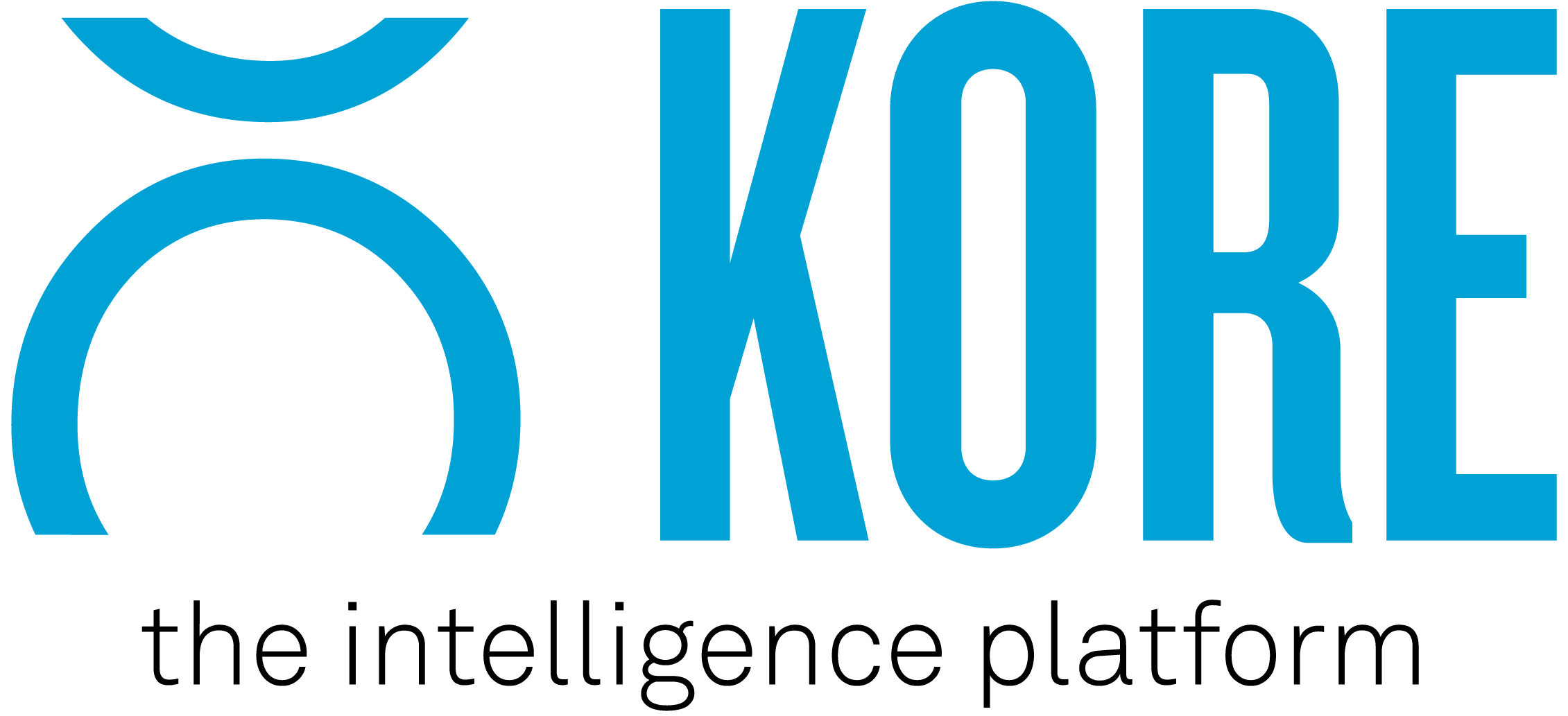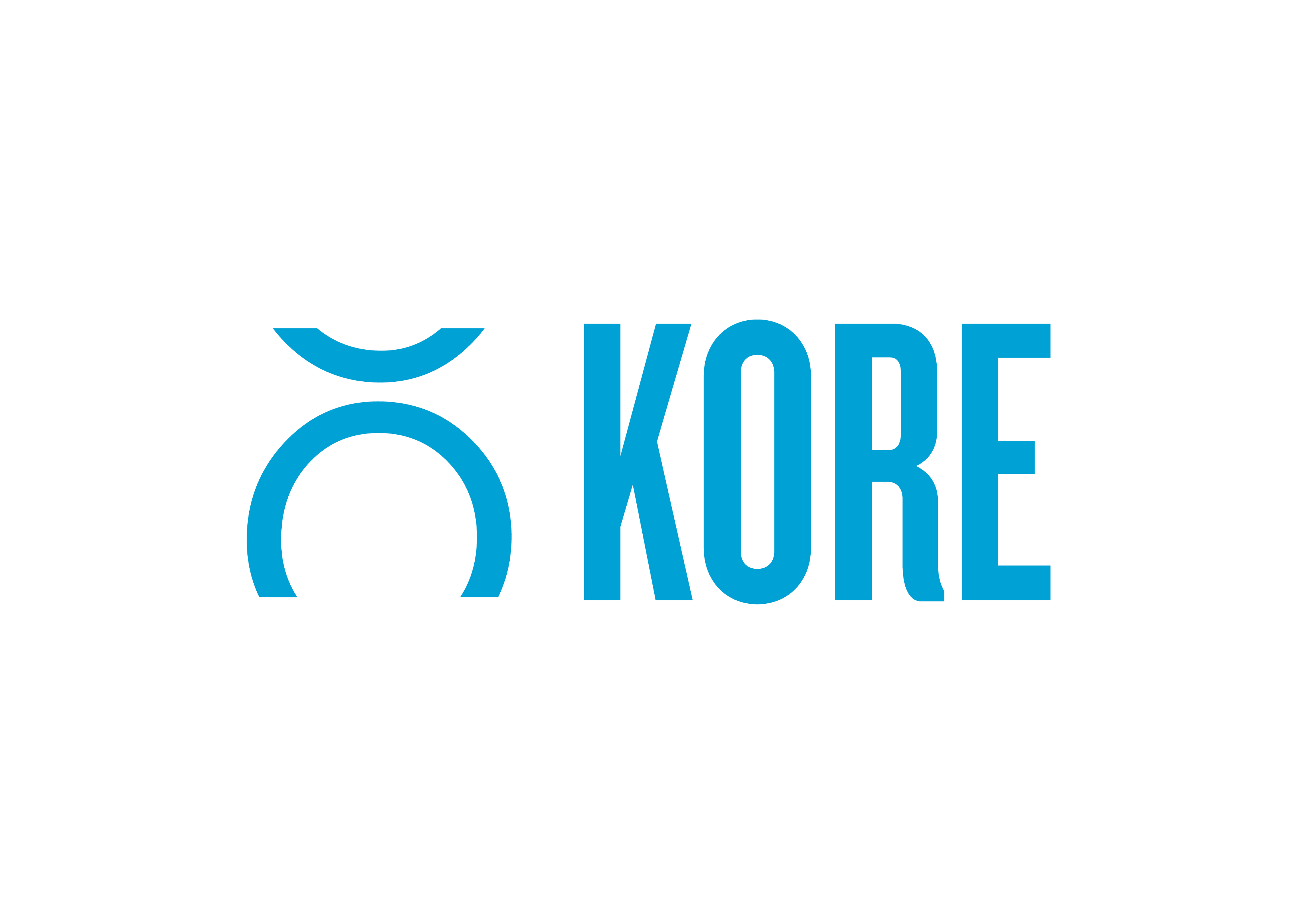Overview: Agree on an “Activation Budget”, Specify Assets Later
From our work with sports teams, we noticed that often in partnerships asset types are not outlined at the time of contracting a deal. Either objectives are unknown at the beginning, or they change during the season, making it unrealistic to specify assets before the ink has dried. Unfortunately, deciding assets in real time doesn’t allow you to group related assets together. This forces you to keep track of activations in separate spreadsheets, causing confusion when reporting to the finance department, league, or other groups.
To overcome this limitation, we created the Flex Funds feature within our Sponsorship product. Flex Funds allow you to associate newly added assets to a “flexible fund” or “activation budget” within the same deal or within a different deal under the same account. With Flex Funds, you can track how much of the budget is left after assigning assets to it throughout the year.
In this blog, we outline the two most common use cases for establishing a flexible fund and how to group all related partnership assets in one centralized platform to simplify tracking and improve reporting.
Use Case 1: Unknown Partnership Objectives at the Start of the Season
Does this scenario sound familiar? You’re working with a corporate partner to finalize a partnership contract. When you ask your soon-to-be partner which assets to include in the deal, they aren’t sure, but they know how much they want to spend. So, to continue moving the process forward, you create an activation budget in the contract, giving you and your partner the flexibility to decide on assets later in the season.
Not specifying every asset at the time of contracting is common. It’s normal to create a “bank” of funds that can be used later once partners know what they want to achieve. For example, if there’s a new partnership asset created in the middle of the season that could help to hit a new objective, then you would allocate that asset to the already established flexible budget.
To carry on, let’s say it’s decided that the new asset will be used. Instead of managing the details in a spreadsheet, you would associate the asset to a Flex Fund. This will associate the asset and future assets together and deduct the selling rate from the balance of the Flex Fund, making it easier to report later. The Flex Fund’s balance (not selling rate) will decrease so the deal value won’t change.
Use Case 2: Partnership Objectives Change During the Season
Another common reason a flexible fund or an activation budget is set up is because a partner’s objectives may change throughout the season. For example, a partner may have a new product launch mid-season that they want to start promoting in the venue during games. Those additional in-venue assets would be assigned to the flexible fund set up at the beginning of the season. With the new Flex Fund feature, you would manage all the additional in-venue assets in a single platform and accurately group them together so they’re easy to keep track of during the season. Additionally, if you don’t use the entire flexible fund that season, you could roll it over with or without the associated assets, so you don’t lose track of unused funds.
To learn more about Flex Funds, request a demo at koresoftware.com/demo.

KORE is the global leader in engagement marketing solutions, serving more than 200 professional teams and 850+ sports and entertainment properties worldwide, providing practical tools and services to harness customer data, facilitate sponsorship sales and activation, and create actionable insights.




